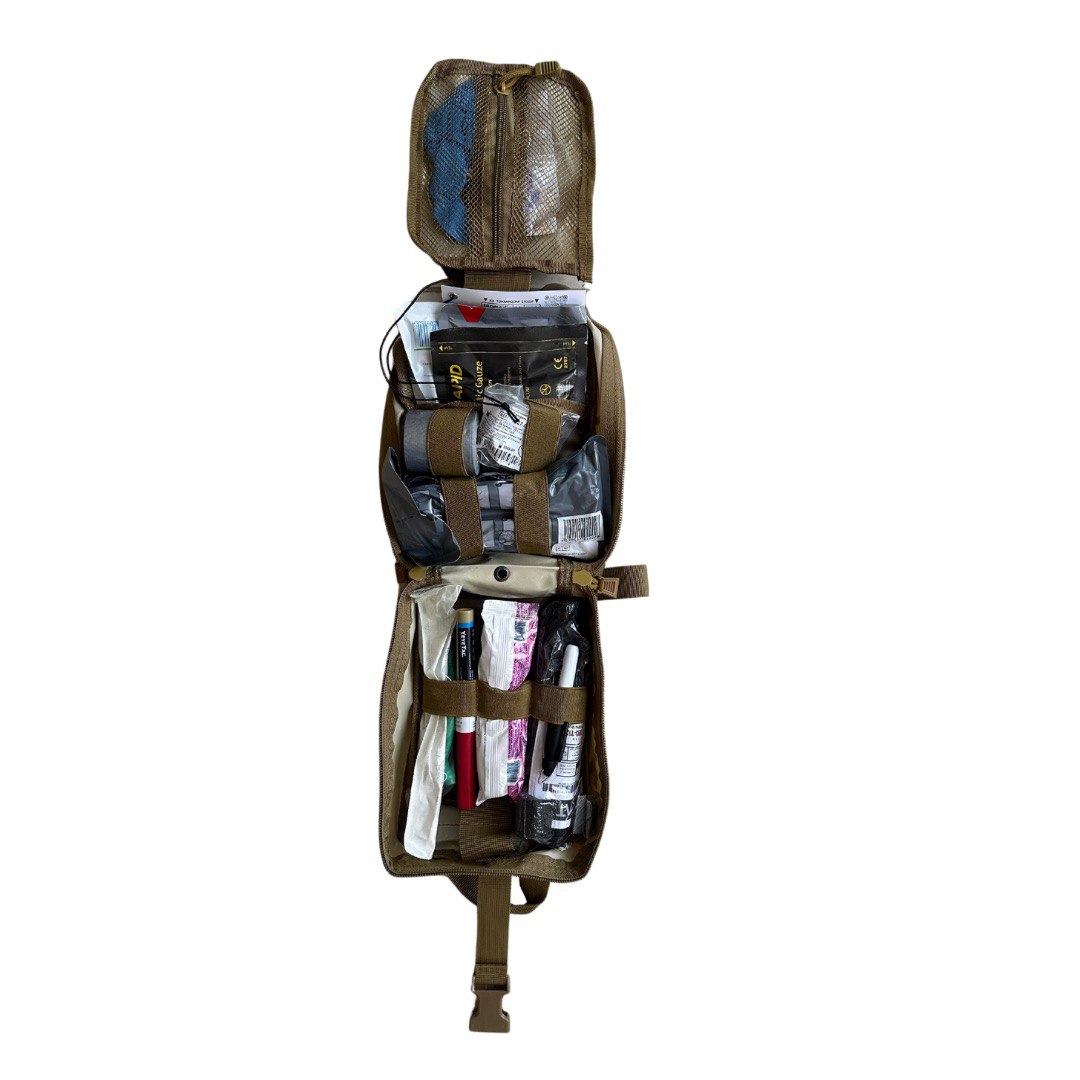Acoustic ear injury: symptoms and consequences
Content
- Types of traumatic hearing damage
- What is acoustic trauma?
- What is acubarotrauma?
- What is a barotrauma?
- Who is at risk of acoustic trauma or hearing loss?
- What sounds are dangerous?
- Symptoms and consequences of acoustic trauma
- Assessment and treatment
- Diagnosing acoustic trauma
- Treatment of acoustic trauma
- Conclusion
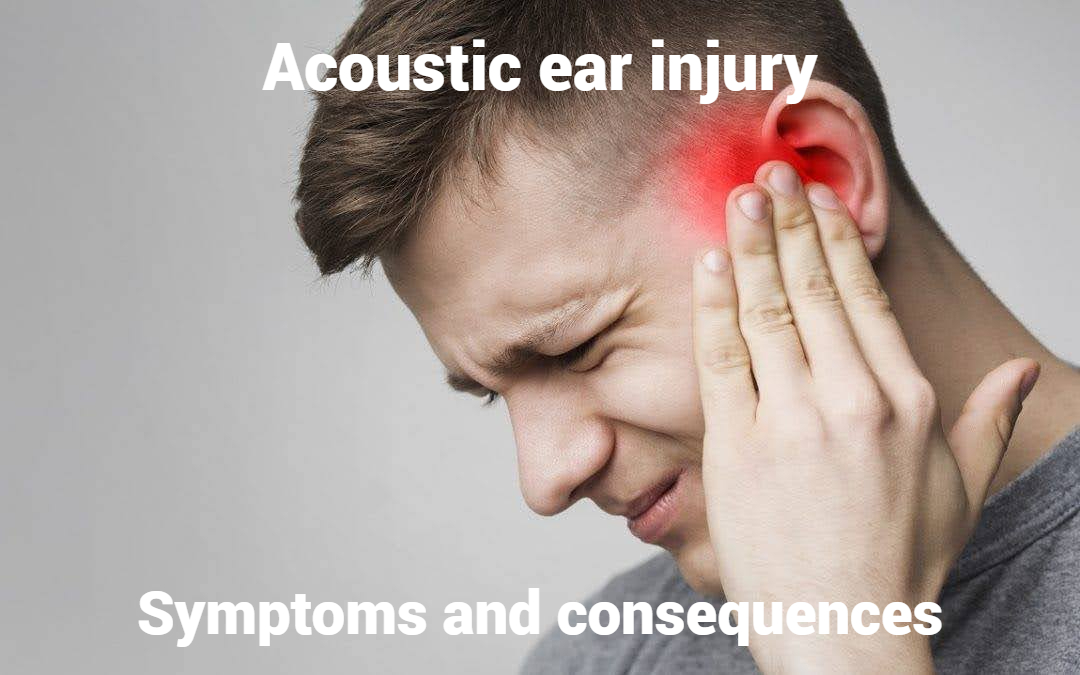
War is a terrifying and extremely loud phenomenon. Our auditory system is not designed to handle such unbearable sounds as explosions and artillery fire. Neither our ears nor our brains are adapted to such extreme conditions, so when they are in the centre of these loud sounds, they can suffer serious damage.
In medicine, this condition is called acoustic trauma. It can be either curable or irreversible. Let's take a look at what an acoustic trauma is, what symptoms characterise it, what methods exist to treat or compensate for this pathology, and whether it can have long-term consequences.
Types of traumatic hearing damage
Traumatic hearing damage is a serious problem that can have a variety of causes and manifestations. From constant exposure to loud sounds to sudden changes in pressure, each case is unique and requires an individual approach to diagnosis and treatment. The auditory system is extremely sensitive and complex, so even minor damage can lead to significant consequences for a person's health and quality of life.
In the following, we will take a closer look at the different types of traumatic hearing damage, their causes and possible consequences. We will also focus on the symptoms that may indicate the presence of such damage and discuss current methods of treatment and prevention. This information will help you to better understand the nature of traumatic hearing damage and the importance of seeking timely medical attention to receive the necessary care.
What is acoustic trauma?
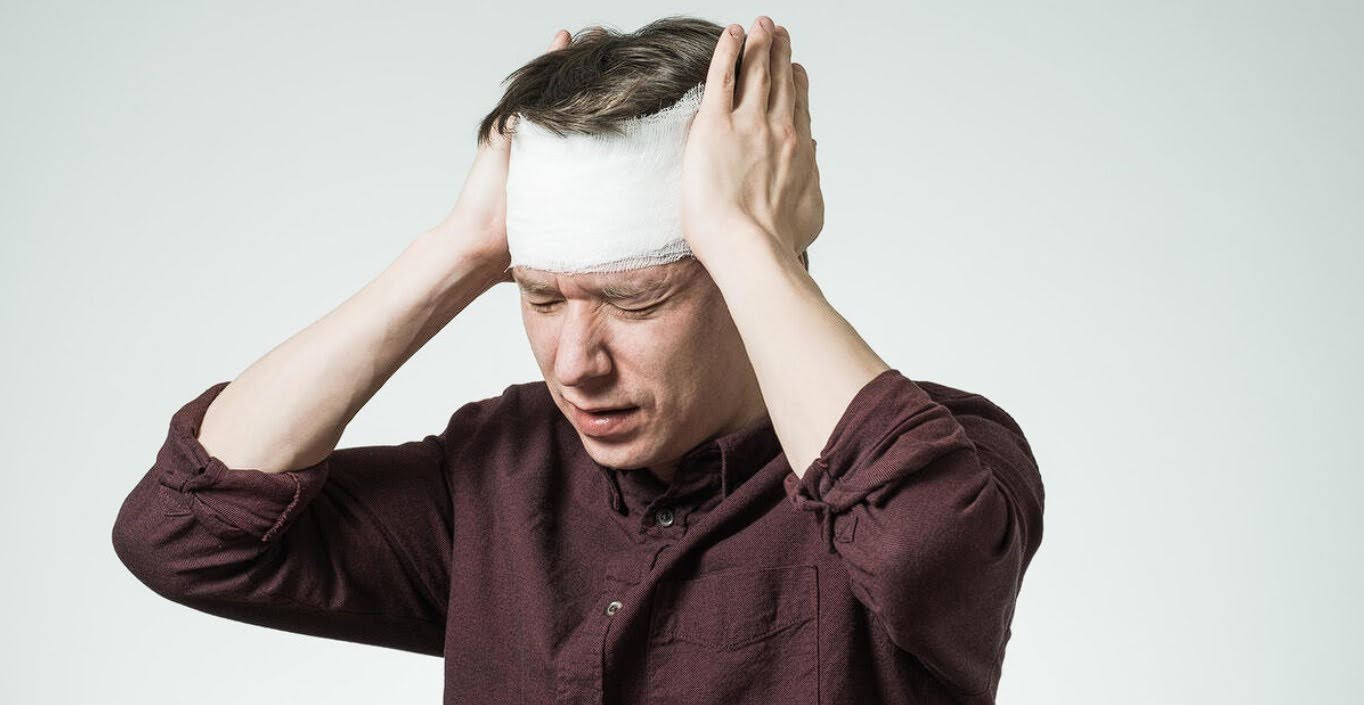
Acoustic trauma is damage to the hearing organs caused by sounds of excessive strength or duration. It usually occurs when the hearing organ is exposed to loud noise (noise trauma).
Sound intensity that exceeds the threshold of pressure and pain (more than 120-130 dB) can cause acute sound trauma to the hearing organs. Prolonged exposure to medium-intensity sounds (80-90 dB) over months or years can lead to chronic sound trauma.
Studies have shown that the resistance to sound pressure of the sensitive (hair) cells of the cochlea varies depending on the frequency of the sound. At the top of the cochlea, the cells that perceive low sounds are more resistant, while the cells at the base, responsible for high tones, are less resistant. Thus, the permissible hygienic standards for low-frequency noise are 90-100 dB, and for high-frequency noise are much lower - 75-85 dB.
The impact of sound partly depends on the individual and age characteristics of a person. Chronic acoustic trauma leads to a slowly progressive bilateral decrease in hearing acuity, known as occupational hearing loss.
Particular attention should be paid to hearing loss in people who are frequently exposed to gunfire. In this case, both sound and barometric factors are at work. During detonation (explosions), the main harmful effect is caused by aerodynamic impact, which first causes aperiodic pressure changes, and then - periodic oscillations (vibration and sound).
What is acubarotrauma?

Acubarotrauma (contusion) is a somewhat outdated term left over from Soviet times. In international practice, this phenomenon is referred to as a craniocerebral injury caused by a blast wave. In Ukraine, it is also called acubarotrauma.
In English-language sources, the word ‘contusion’ is used to refer to a head injury. However, in reality, we are talking about a traumatic brain injury caused by an explosion.
Before the First World War, the concept of contusion did not exist. Disorientation, loss of consciousness and other symptoms that are now associated with concussion were often attributed to the fear of soldiers. It was only after the First World War that doctors and scientists began to investigate what happens to soldiers after exposure to a blast wave.
In Ukraine, the concept of concussion became widely known after the Second World War. Over time, the term acquired a negative and offensive meaning, and was often used to refer to people with atypical behavioural or mental manifestations. Today, the term has been replaced by acubarotrauma or mine-blast brain injury, although the term contusion is sometimes still used.
Before the war in Ukraine began in 2014, our doctors had studied this phenomenon little. When the first cases of contusions appeared, doctors did not know how to diagnose and treat them. Often, doctors treated concussions in the same way as concussions, strokes or other brain injuries. However, contusion is a mine-blast injury that differs significantly from other types of injuries.
What is a barotrauma?
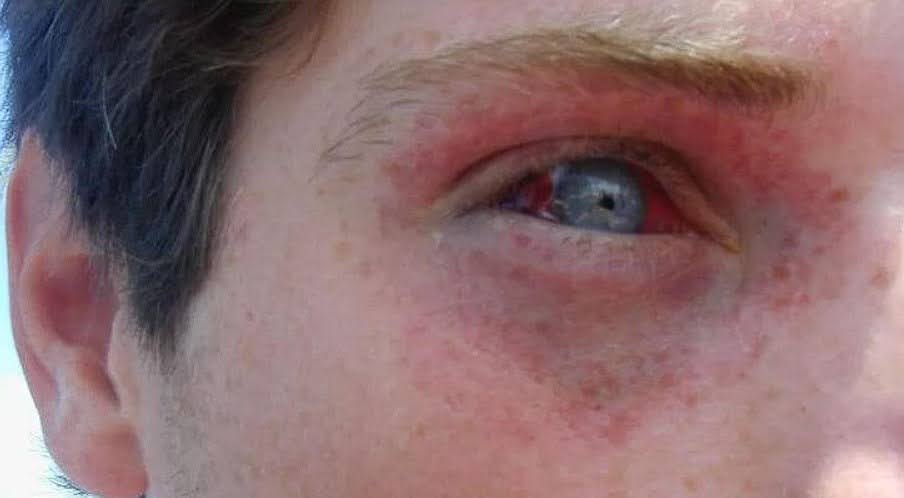
It may seem that pilots, divers and divers have something in common. It turns out, a lot. They are united by a not-so-pleasant phenomenon - ear barotrauma. A sharp pressure drop causes a significant blow to the hearing, which leads to damage to the eardrum and instant hearing loss.
This danger awaits us during:
- Diving (especially at great depths);
- Air travel (sometimes).
There are also other situations when the body is unable to cope with a large difference between internal and external pressure.
That is why these three professions are most often at risk, as the difference in pressure often reaches critical levels. However, representatives of other professions can also be at risk.
Barotrauma is a multiethnic traumatic injury caused by local or general changes in atmospheric pressure. It usually occurs in professional divers, specialists working in pressure chambers, pilots, and diving enthusiasts. It is less commonly diagnosed in people who were close to explosions.
Local lesions can be iatrogenic. The most commonly affected areas are the lungs, middle ear, soft tissues compressed by a mask or suit, as well as the paranasal sinuses, teeth, and gastrointestinal tract. Barotrauma is usually detected in young and middle-aged patients, with men suffering more often than women.
Who is at risk of acoustic trauma or hearing loss?
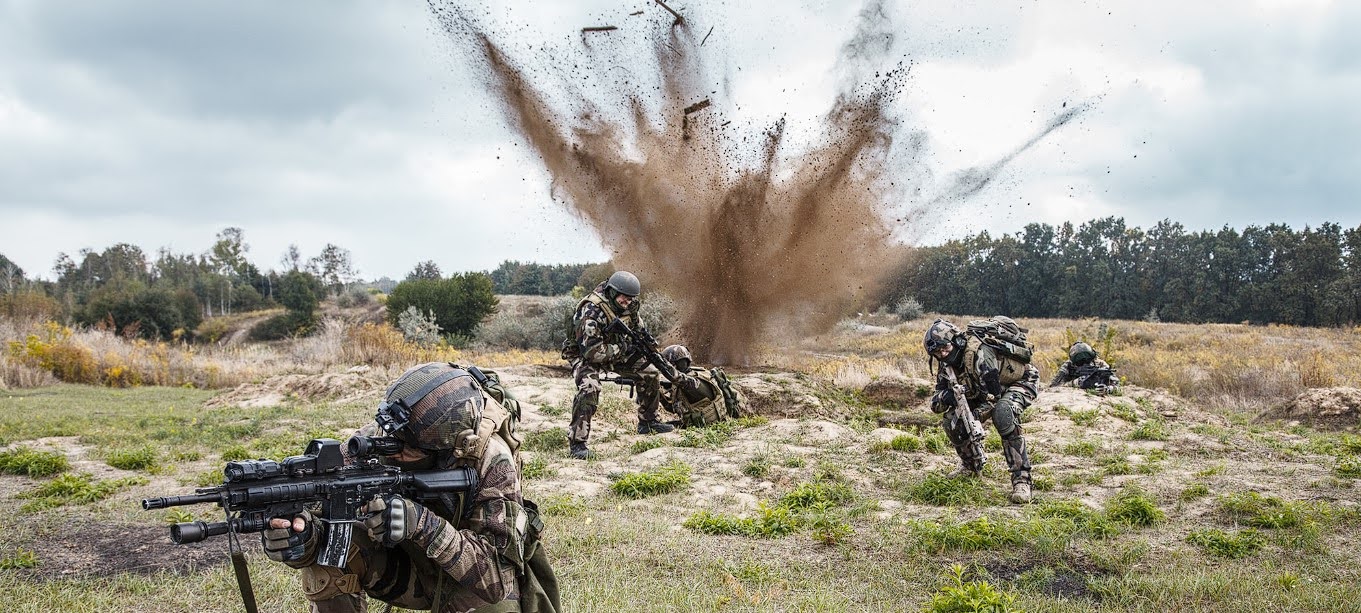
Acoustic trauma, or acoustic injury, is a serious risk for many people whose lives or professional activities involve exposure to intense noise. Currently, the military is at risk, as they are often exposed to explosions, artillery fire and other loud noises on the battlefield. Their hearing is constantly exposed to high-intensity sound waves, which can lead to serious damage.
There are also other groups of people who may be at risk:
- People who are very close to the epicentre of explosions or shelling are also in great danger. They can suffer acoustic trauma from even a single powerful sound impact. Residents of areas that have been repeatedly exposed to high intensity sounds, such as sirens, explosions, and gunfire, are also at risk. Constant noise exposure in such areas can lead to chronic acoustic trauma.
- Workers who operate noisy industrial equipment without wearing hearing protection are also at risk. Occupations involving work in factories, workshops, and metallurgical plants often involve constant exposure to noise. Wearing special headphones or earplugs is mandatory to prevent hearing damage, but these safety measures are not always followed.
- Workers at airports, railways and construction sites also face excessive noise. Aircraft take-offs and landings, train traffic, and the operation of heavy construction equipment all contribute to a significant sound load. Improper or insufficient use of hearing protection can lead to acoustic injury.
- Special attention should be paid to musicians, radio broadcasters and people who frequently attend concerts and other noisy events. High sound levels at music performances and clubs can cause temporary or even permanent hearing damage. Even short-term exposure to very loud sound can have negative consequences. Therefore, the use of hearing protection, such as special earplugs, is very important.
- People who constantly work with electronic devices at high volumes, such as sound engineers and DJs, are also at risk. Constant monitoring of the sound volume, regular breaks and the use of hearing protection can help reduce the risk of acoustic injury.
Therefore, it is important to be aware of the risks associated with exposure to intense noise and take appropriate measures to protect your hearing. Early diagnosis and treatment of acoustic trauma can significantly improve the quality of life of those affected.
What sounds are dangerous?
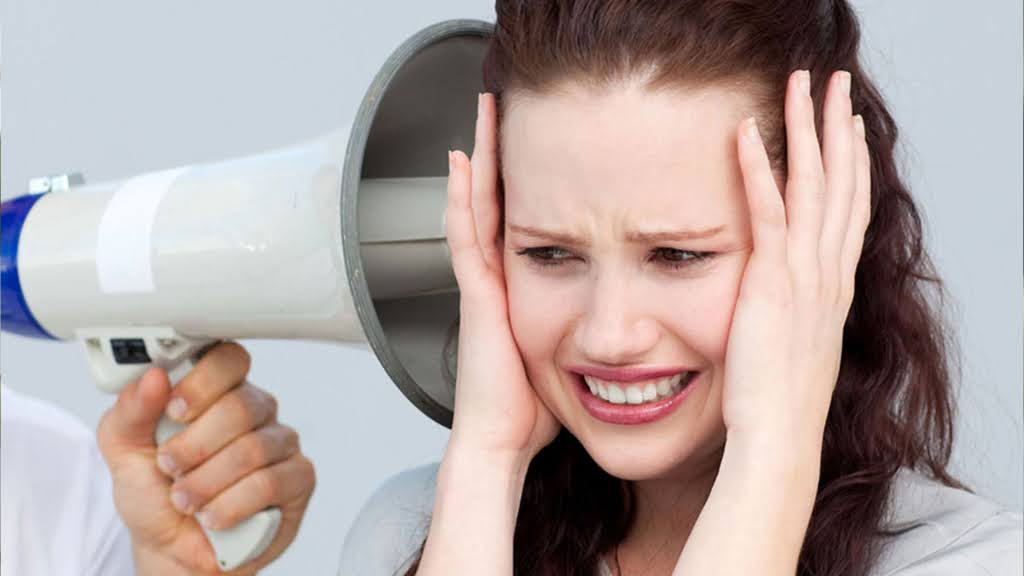
Sounds that do not exceed 80 dB are considered safe for our hearing system. They do not cause damage to the ears, even with prolonged exposure.
However, if a person is exposed to noise intensities above 85 dB for a long time, their hearing gradually begins to deteriorate. Such sound levels can be characteristic of loud music at concerts, the operation of heavy equipment, or even constant city noise.
Sounds reaching 100 dB or more are particularly dangerous. For example, the noise of a lawnmower or motorcycle can exceed this level. Exposure to such sounds for long periods of time without proper hearing protection can lead to serious hearing problems, including temporary or permanent hearing loss.
Professional musicians, construction site and factory workers, and public transport drivers are often exposed to these risks and should wear hearing protection.
Explosions and shelling are even more dangerous, as the sound intensity of these events always reaches 140-160 dB. In such cases, a single exposure for a short period of time is enough to cause serious hearing damage or even complete hearing loss.
The military and people in the war zone are at risk of this. In addition, explosions can cause barotrauma, which combines the effects of sound and pressure, causing significant damage not only to the hearing system but also to other organs.
It is important to understand that high-intensity sounds not only damage hearing, but can also have other negative health effects. They can cause stress, sleep disturbances, high blood pressure, as well as problems with concentration and cognitive function. People who live or work in noise-intensive environments should be aware of these risks and take steps to reduce them.
Even sounds that do not seem to be very loud at first glance can be dangerous if exposed for a long time. For example, prolonged listening to music through headphones at high volume can gradually damage your hearing. It is therefore important to adjust the volume and take breaks when using headphones.
Hearing protection is an important part of preventing acoustic injuries. The use of protective equipment such as earplugs or special headphones can significantly reduce the risk of hearing damage.
This is especially true for people who work in noisy environments or in high-risk areas. Early diagnosis and timely treatment of acoustic injuries can significantly improve quality of life and prevent serious complications.
Symptoms and consequences of acoustic trauma
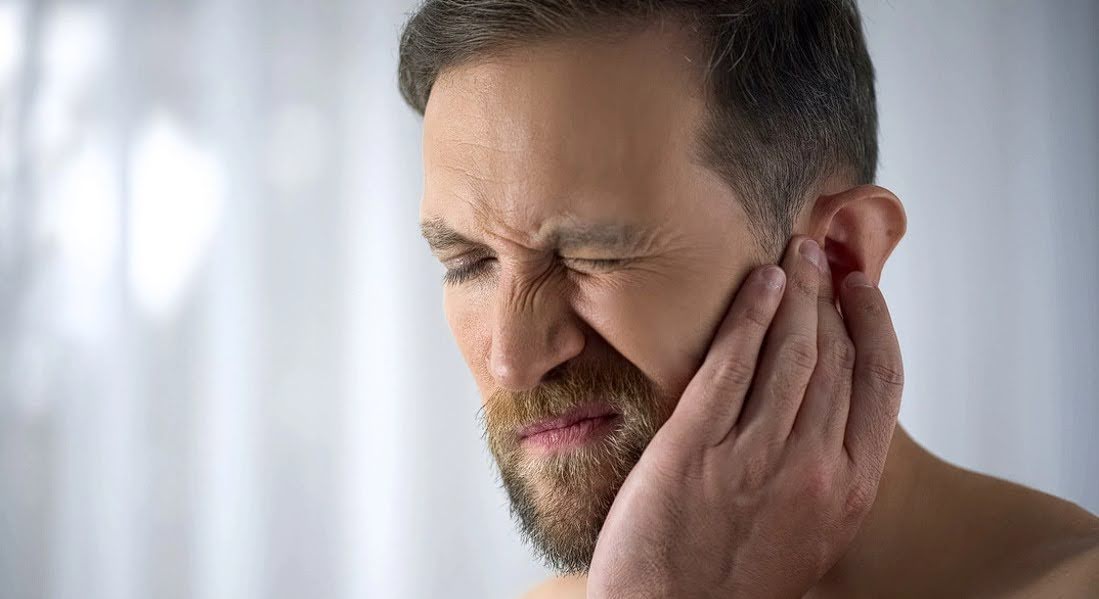
Hearing impairment and the ability to perceive sounds are the main symptoms of acoustic trauma. In the initial stages, there may be a feeling of stuffiness in the ears that gradually increases.
Hearing loss may be gradual, affecting high frequencies at first and then covering all sound ranges. Symptoms such as noise or buzzing in the ears and head are equally important and may accompany a hearing injury.
Acoustic trauma often affects the inner ear, where serious damage can occur. The most common of these are haemorrhage and damage to the hair cells in the cochlea, which are responsible for receiving, amplifying and transmitting sound signals to the auditory nerve.
In addition, a head injury can lead to serious damage, including a fractured temporal bone and a severed auditory nerve. There may also be damage to the eardrum, rupture of the cochlea, and other injuries that can significantly affect hearing quality.
It is important to keep in mind that acoustic trauma can be caused not only by sound, but also by a shock wave, which increases the risk of hearing damage. In addition, the symptoms of acoustic trauma can overlap with signs of concussion and other forms of traumatic brain injury, which can make diagnosis difficult. Therefore, it is important to perform a hearing test in all patients suspected of having a concussion or traumatic brain injury.
Assessment and treatment
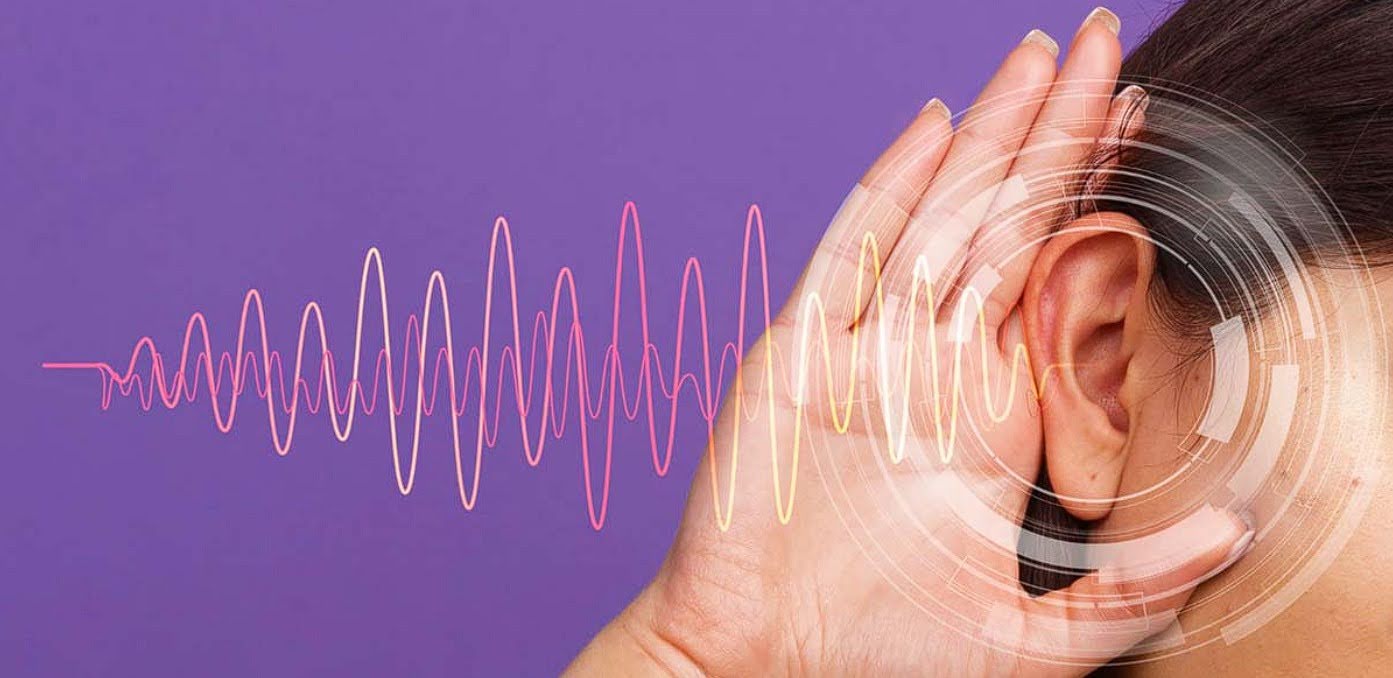
All service members who present with symptoms of noise trauma, such as acute tinnitus, hearing loss or ear congestion, should be immediately debriefed and referred for assessment and, if necessary, treatment. This should be done as soon as practicable.
All patients who have been exposed to hazardous noise in a combat environment, such as from improvised explosive devices, rockets or firearms, and those exposed to blast waves, should be screened for possible hearing loss or tinnitus at the first injury assessment, unless other urgent medical interventions conflict or the patient's psychological state permits.
The results of the examination should be documented as soon as possible and in accordance with all safety regulations. Hearing loss and tinnitus assessments should be performed on all patients admitted to brain injury centres.
If there is contamination in the external ear canal or middle ear, which can be determined by perforation of the tympanic membrane, treatment with fluoroquinolones and topical antibiotics with steroids, for example, 4 drops of ciprofloxacin/dexamethasone or ofloxacin in the affected ear 3 times daily for 7 days, should be used.
Do not rinse the ear, as this can lead to pain and dizziness and may push contaminants into the ear canal and middle ear, increasing the risk of infection.
It is also not recommended to use topical drops with aminoglycosides, such as neomycin in Cortisporin, as they can be ototoxic. Patients should adhere to strict rules to ensure dryness of the ear and avoid getting any liquids into the external auditory canal until the perforation is completely healed or the eardrum is reconstructed. Only an ENT surgeon should treat impurities to avoid further damage to the external auditory canal or middle ear.
Diagnosing acoustic trauma
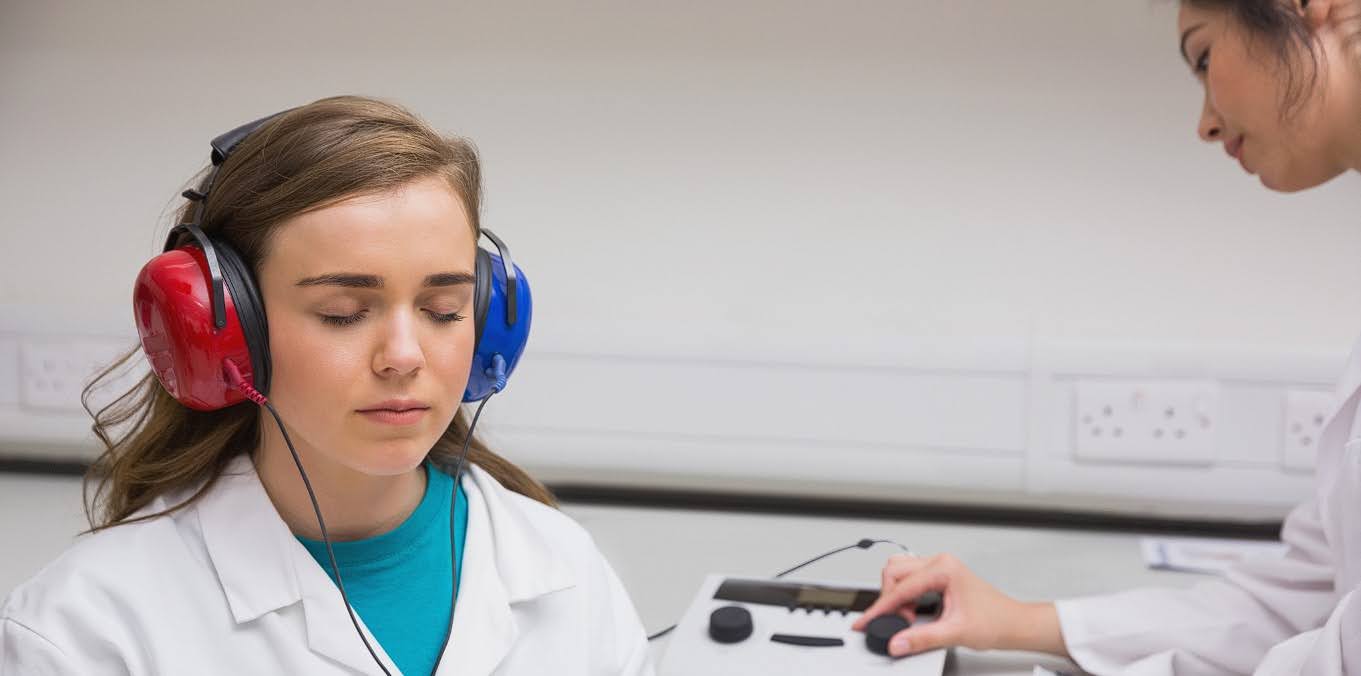
Diagnosis of acoustic trauma is a key step in determining the condition of the hearing system and taking appropriate measures for further treatment. To confirm or rule out a diagnosis of acoustic trauma, you should consult a hearing care professional, such as an otolaryngologist or audiologist.
The diagnostic process involves an audiological examination, which consists of various components, such as examination, speech audiometry, tonal audiometry, impedance measurement and other instrumental tests. These procedures are painless and quick, and allow to assess the functional state of the hearing system.
In addition, in cases where additional examination or consultation with other specialists is required, additional examination methods may be prescribed. This may include computed tomography, magnetic resonance imaging, endoscopic examination and other procedures aimed at obtaining additional information about the state of the auditory system and possible lesions.
The use of modern technologies allows for accurate and comprehensive diagnostics of acoustic trauma, which is important for effective treatment and subsequent restoration of hearing function. It is important to conduct diagnostics in a timely and objective manner to avoid further exacerbation of the condition and prevent possible complications.
Treatment of acoustic trauma
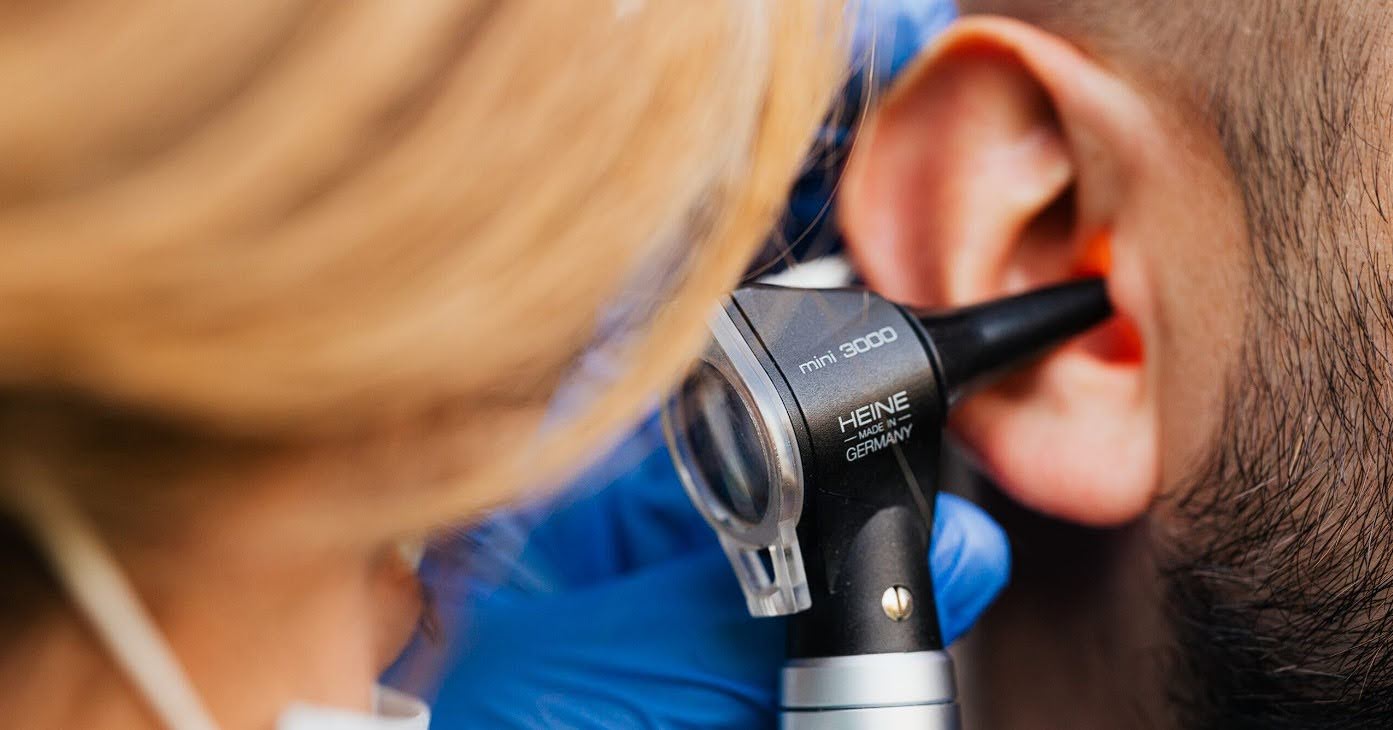
In the case of acute acoustic trauma, treatment may not be necessary, as almost all symptoms may disappear after a short exposure to loud sound. However, in the case of chronic injury, mandatory treatment becomes necessary.
The first signs of chronic acoustic trauma are a signal for an urgent consultation with a doctor. In such cases, an ENT doctor recommends identifying and eliminating the cause of the disease, which often involves a change of profession. Without taking measures to eliminate the cause, the disease will continue to progress.
The treatment includes medications, such as calcium and bromine preparations, which help to reduce tinnitus. Sedatives and tonics, as well as vitamin therapy, may also be prescribed.
Additionally, medications that improve blood microcirculation or steroid medications can be effective. The use of techniques such as darsonvalization, which stimulates the inner ear, or hyperbaric oxygenation, which improves cerebral circulation, can also lead to positive results in treatment.
In cases of severe hearing loss, the use of hearing aids can help improve hearing quality and provide relief.
Conclusion
Acoustic trauma to the ear is a serious disorder that can significantly affect a person's quality of life. In this chapter, we have reviewed the main symptoms and consequences of this injury, as well as the methods of its diagnosis and treatment.
Preserving hearing and preventing acoustic trauma are key tasks that require the attention and support of both individuals and society as a whole. Informing people about possible risks and proper prevention methods can help reduce the spread of this disease and preserve the health and well-being of people.

